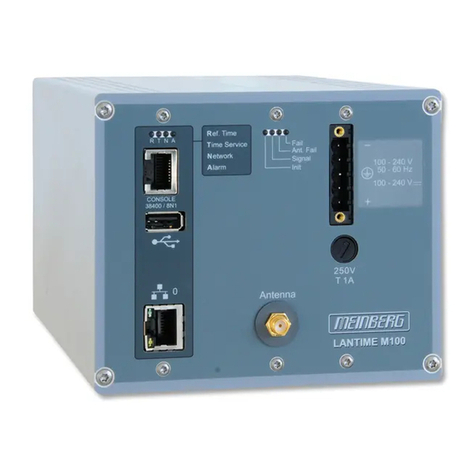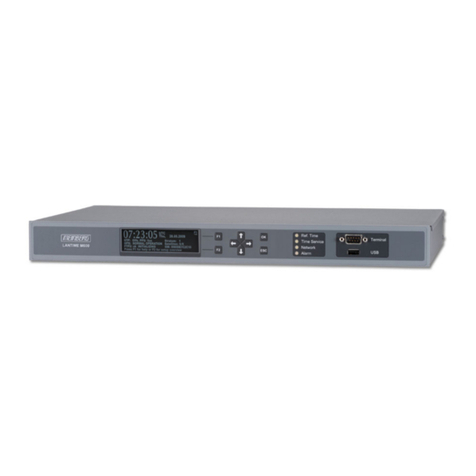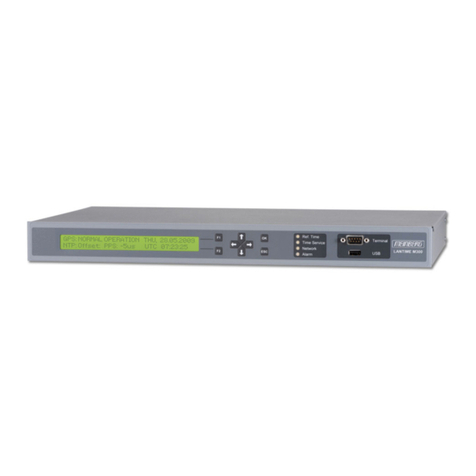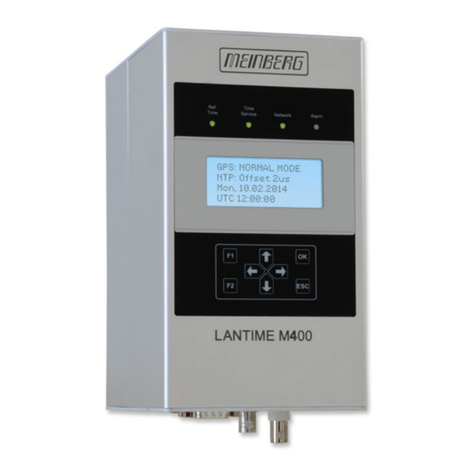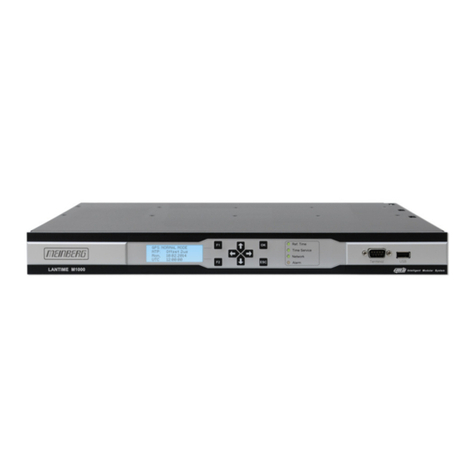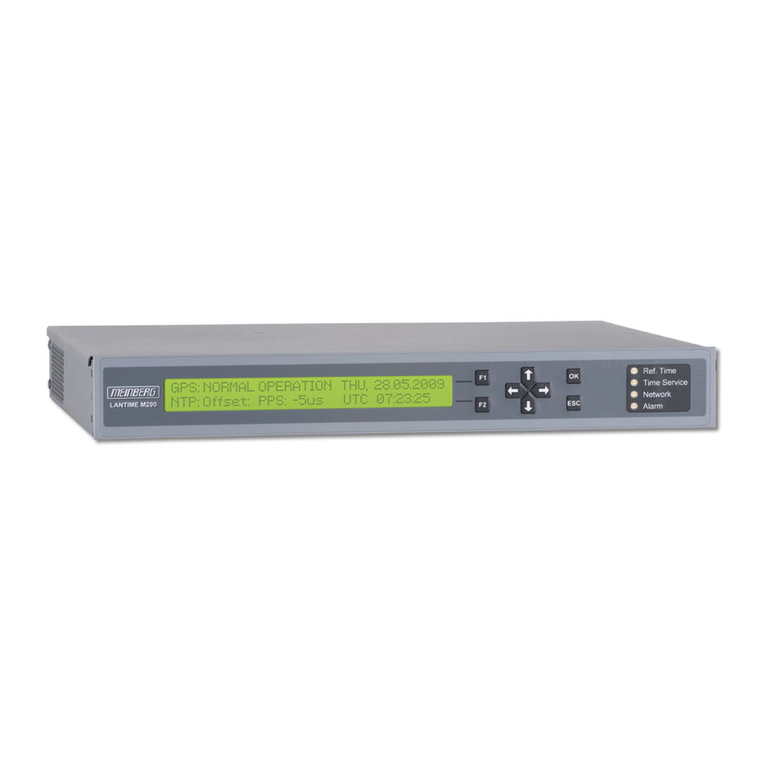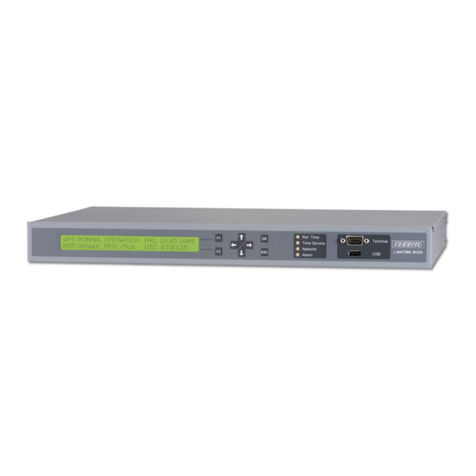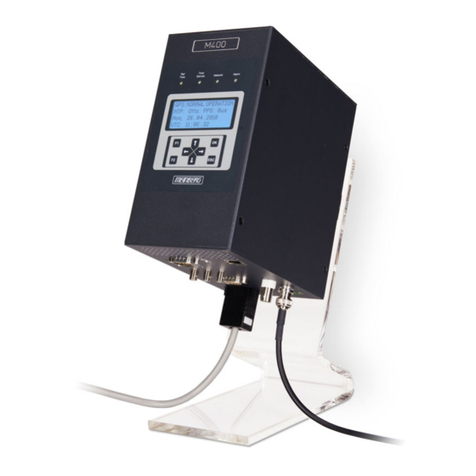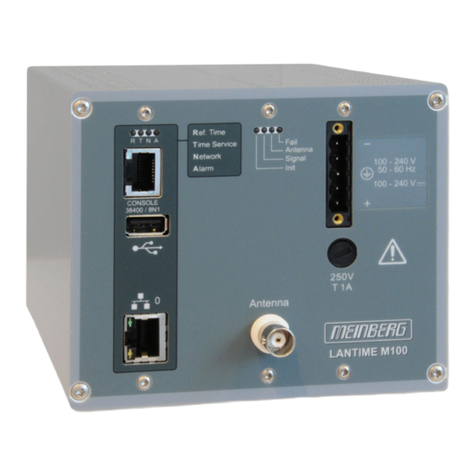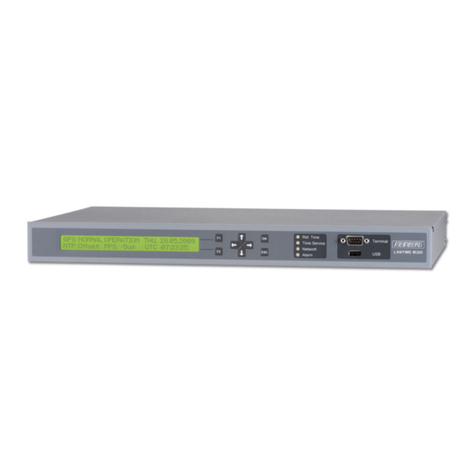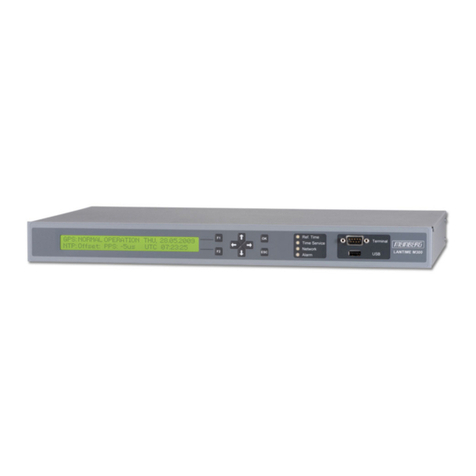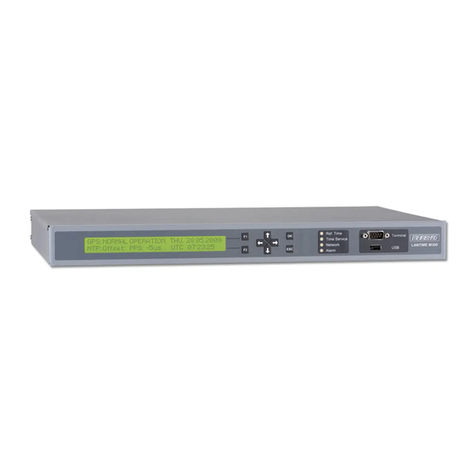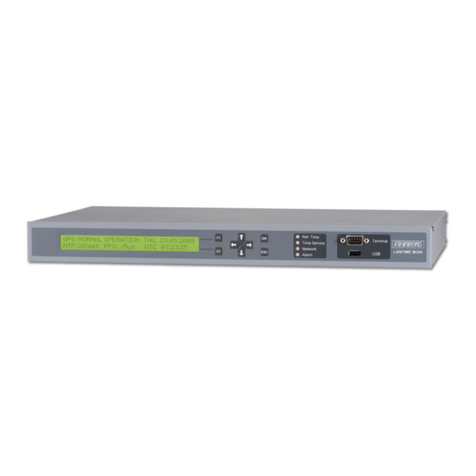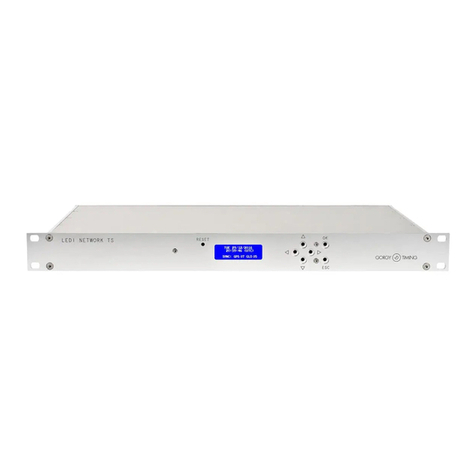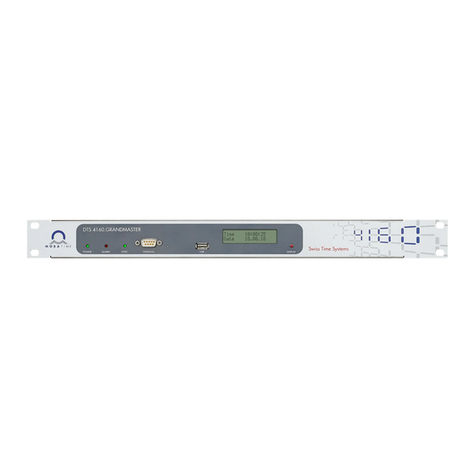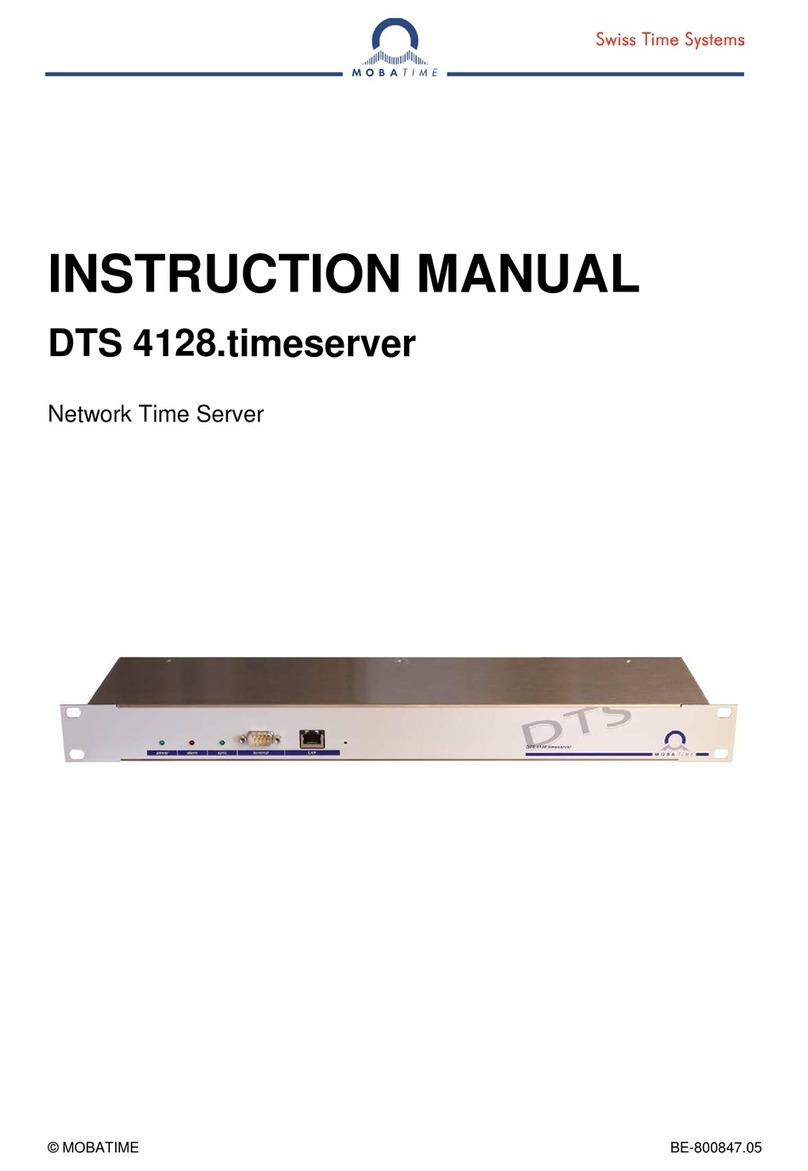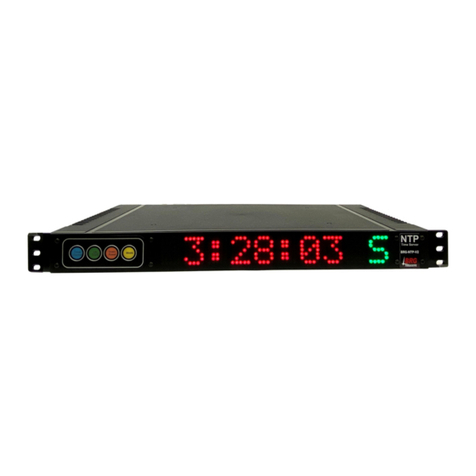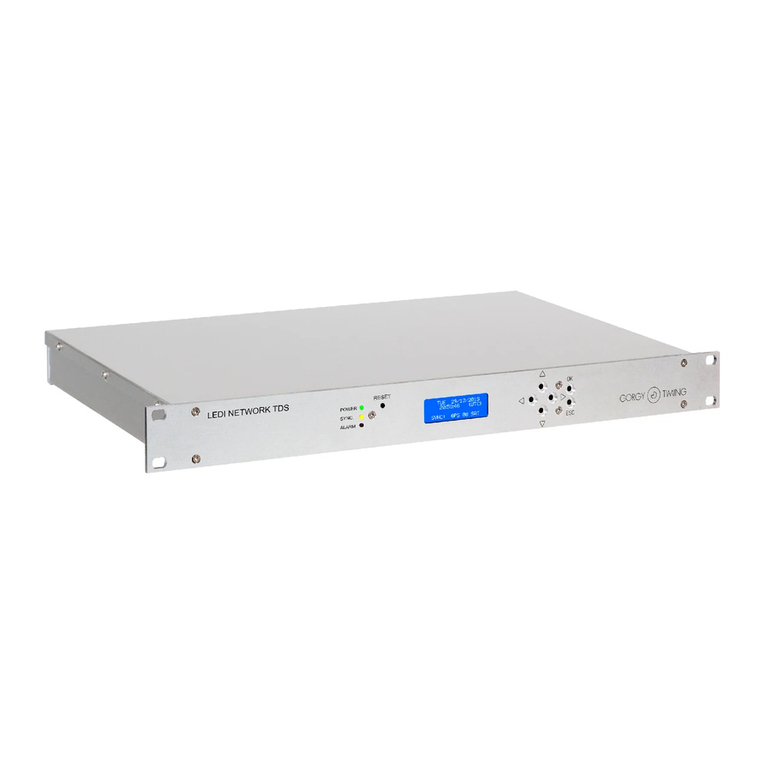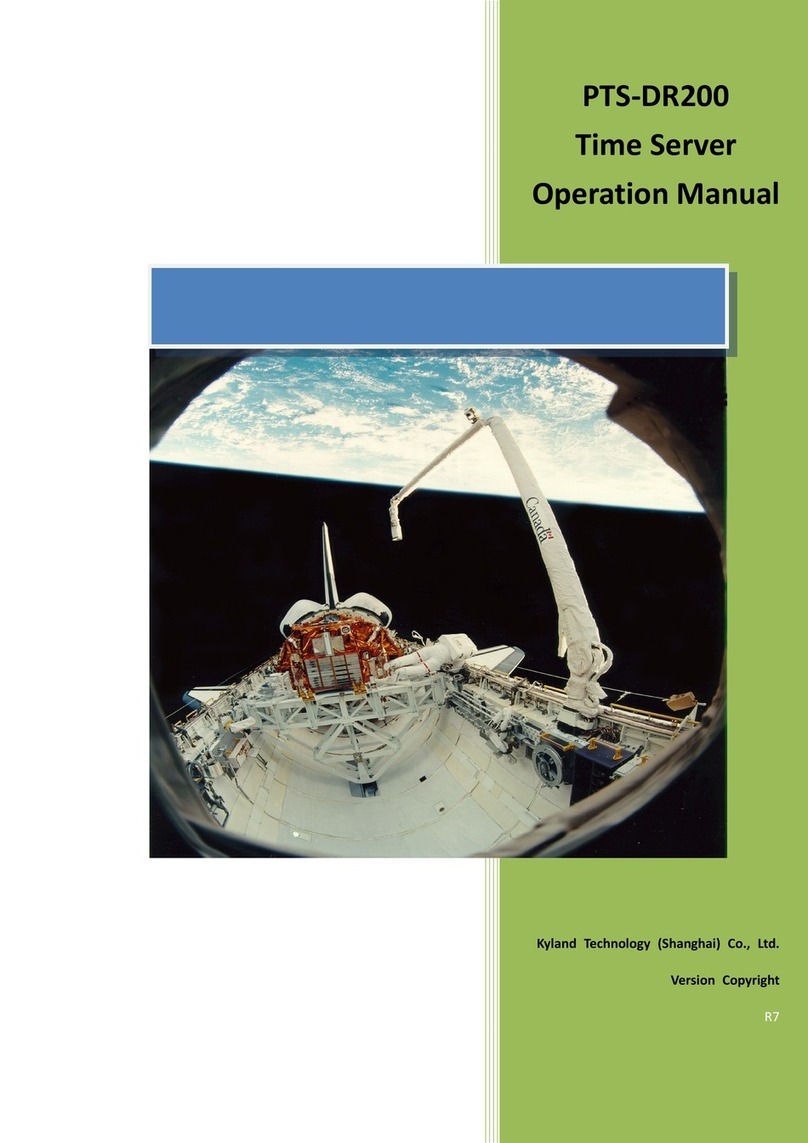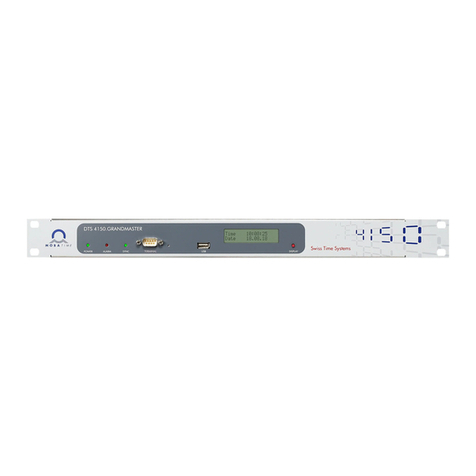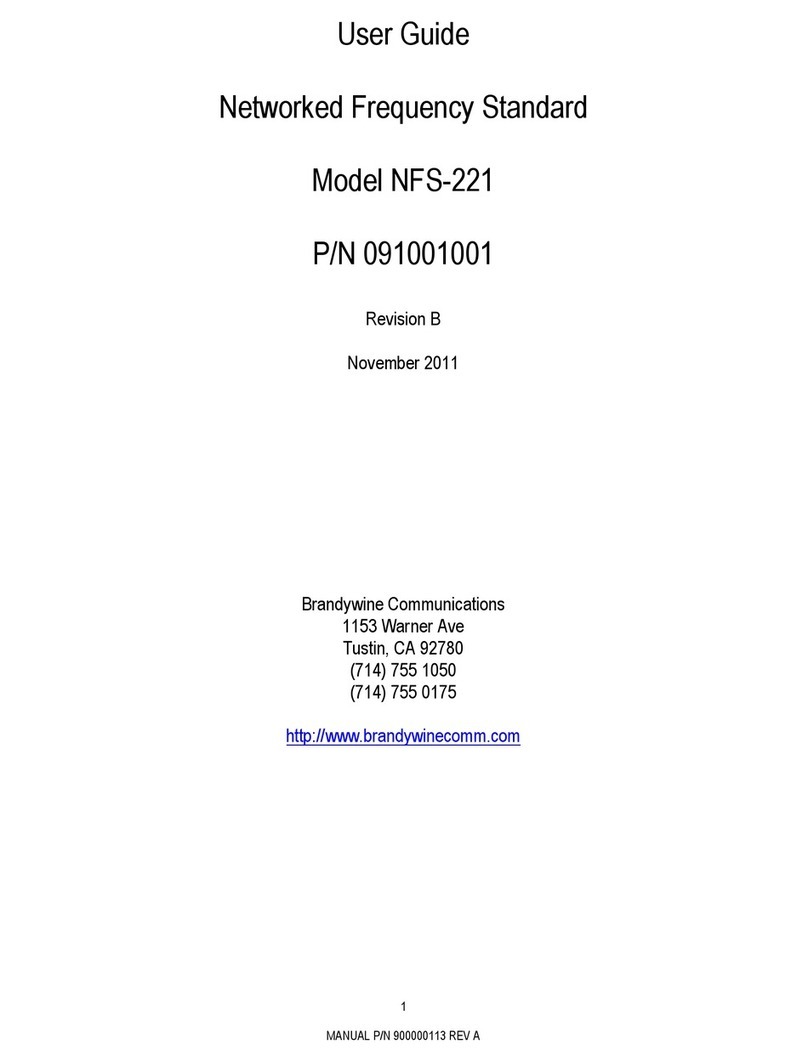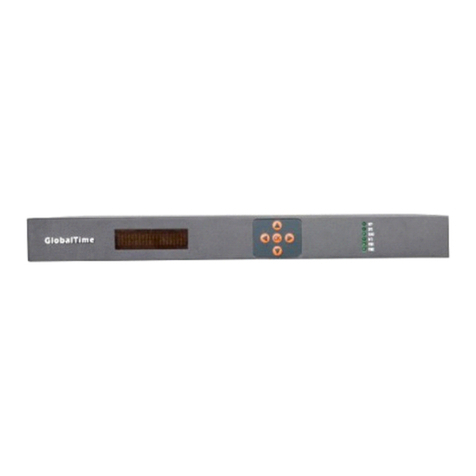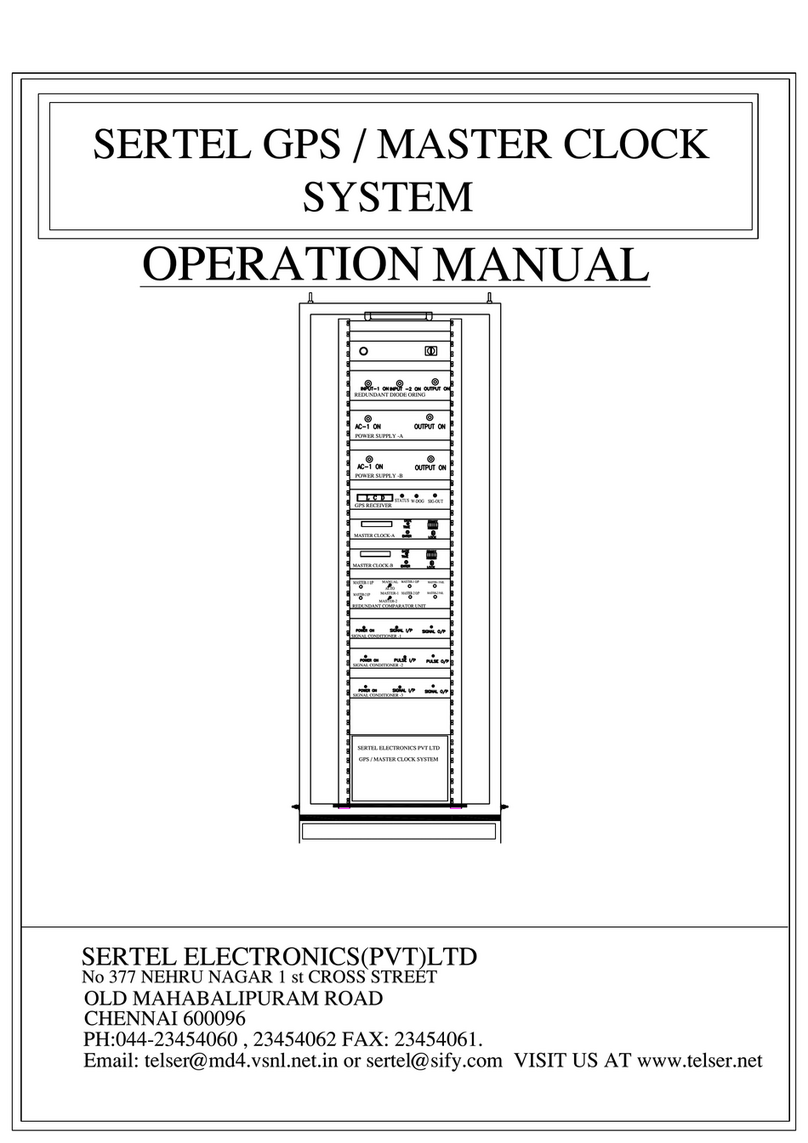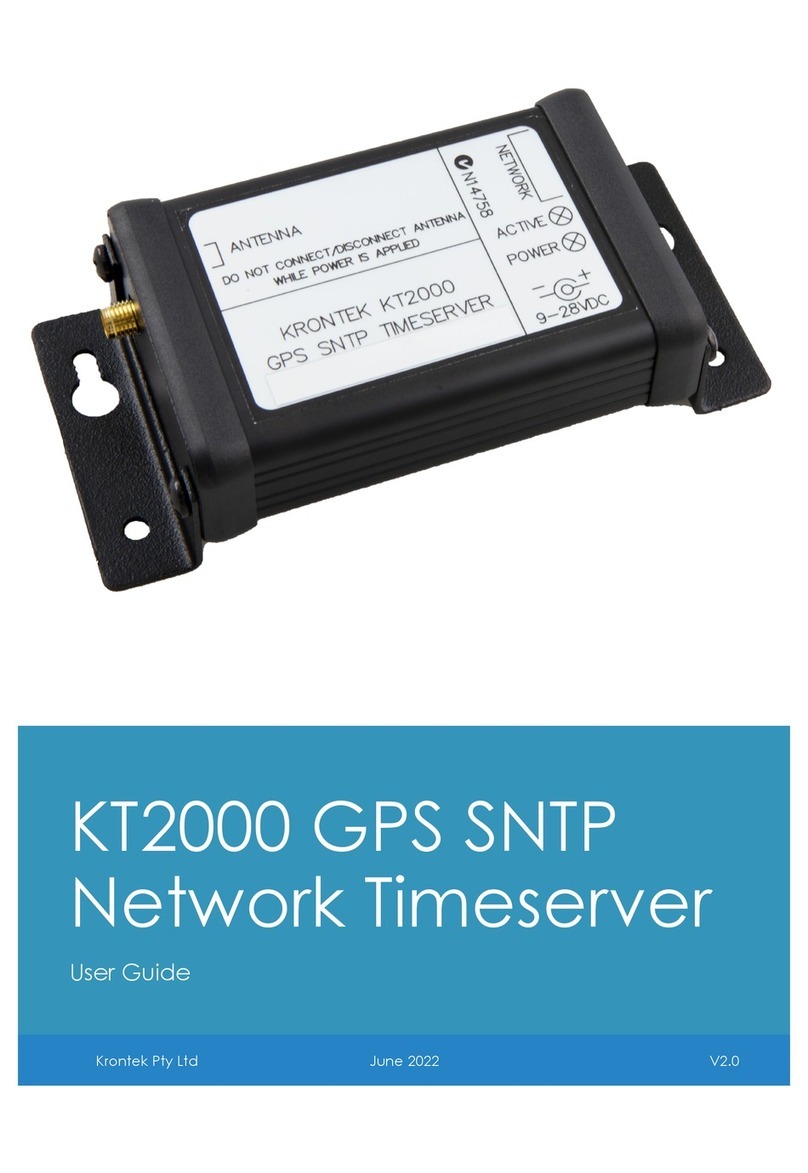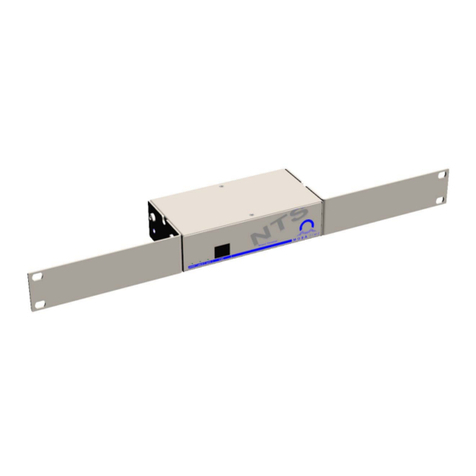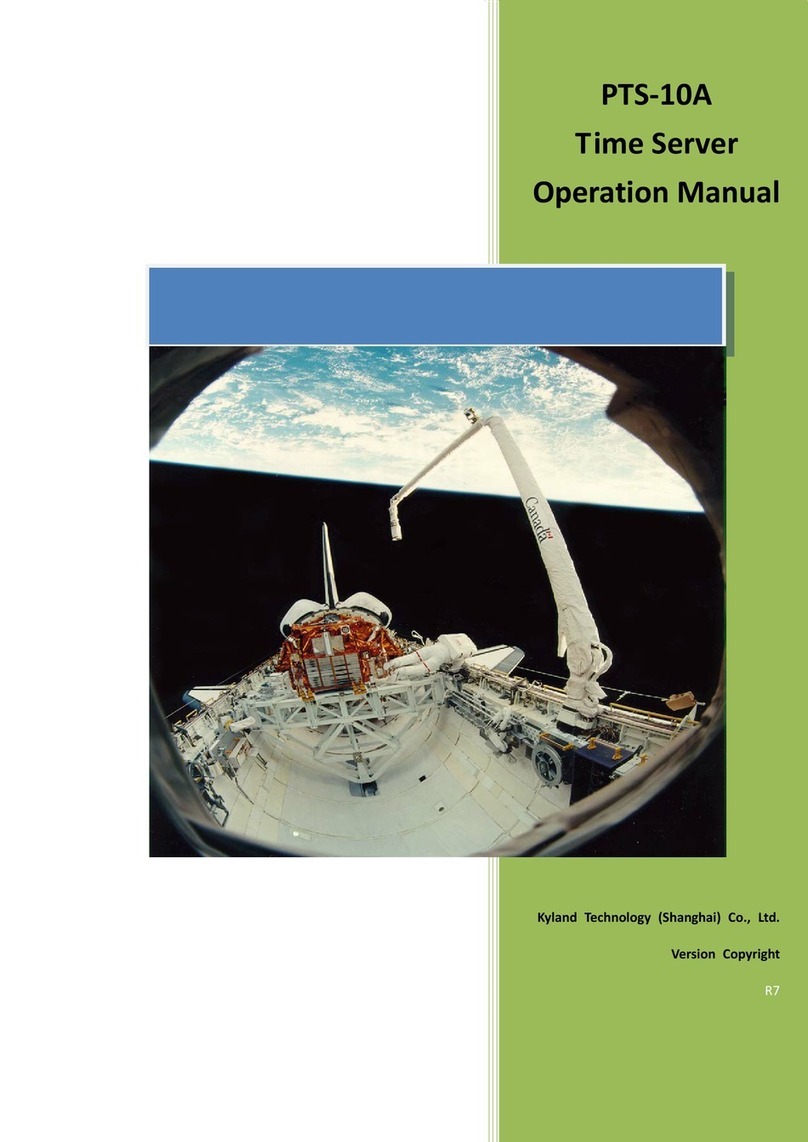
9.2 Conguration:Ethernet........................................ 29
9.2.1 SYSLOGServer........................................ 29
9.3 Network interface specic conguration . . . . . . . . . . . . . . . . . . . . . . . . . . . . . . . 30
9.3.1 IPv4 addresses and DHCP . . . . . . . . . . . . . . . . . . . . . . . . . . . . . . . . . . 30
9.3.2 IPv6 addresses and autoconf . . . . . . . . . . . . . . . . . . . . . . . . . . . . . . . . . 31
9.3.3 High Availability Bonding . . . . . . . . . . . . . . . . . . . . . . . . . . . . . . . . . . . 31
9.3.4 Additional Network Conguration . . . . . . . . . . . . . . . . . . . . . . . . . . . . . . 32
9.4 Conguration:Notication ...................................... 33
9.4.1 Alarmevents.......................................... 33
9.4.2 E-mailmessages........................................ 34
9.4.3 WindowsPopupMessages .................................. 35
9.4.4 SNMP-TRAPmessages.................................... 35
9.4.5 VP100/NET wall mount display . . . . . . . . . . . . . . . . . . . . . . . . . . . . . . . 35
9.4.6 User dened Alarm scripts . . . . . . . . . . . . . . . . . . . . . . . . . . . . . . . . . . 35
9.4.7 NTPClientMonitoring .................................... 35
9.4.8 Alarmmessages........................................ 36
9.5 Conguration:Security ........................................ 37
9.5.1 Password............................................ 38
9.5.2 HTTPAccessControl..................................... 38
9.5.3 SSHSecureShellLogin.................................... 38
9.5.4 Generate SSL Certicate for HTTPS . . . . . . . . . . . . . . . . . . . . . . . . . . . . . 39
9.5.5 NTPkeysandcerticates................................... 40
9.5.6 SNMPParameter ....................................... 40
9.6 Conguration:NTP.......................................... 41
9.6.1 NTPAuthentication...................................... 43
9.6.2 NTPAUTOKEY ....................................... 44
9.7 Conguration:Local.......................................... 47
9.7.1 Administrative functions . . . . . . . . . . . . . . . . . . . . . . . . . . . . . . . . . . . 47
9.7.2 UserManagement....................................... 48
9.7.3 Administrative Information . . . . . . . . . . . . . . . . . . . . . . . . . . . . . . . . . . 49
9.7.4 SoftwareUpdate........................................ 50
9.7.5 Automatic conguration check . . . . . . . . . . . . . . . . . . . . . . . . . . . . . . . . 51
9.7.6 Get Diagnostics Information . . . . . . . . . . . . . . . . . . . . . . . . . . . . . . . . . 51
9.7.7 Webinterfacelanguage.................................... 51
9.8 Conguration:Statistics........................................ 52
9.8.1 StatisticalInformation..................................... 52
9.9 Conguration:Manual ........................................ 54
9.10Conguration:PTP.......................................... 55
9.10.1 PTPv2 - Global Conguration . . . . . . . . . . . . . . . . . . . . . . . . . . . . . . . . 56
9.10.2 PTP Network Conguration . . . . . . . . . . . . . . . . . . . . . . . . . . . . . . . . . 57
9.10.3PTPStateFiles........................................ 58
10 The Command Line Interface 59
10.1CLIEthernet.............................................. 60
10.2CLINotication............................................ 62
10.3CLISecurity.............................................. 64
10.4CLINTPParameter.......................................... 66
10.4.1CLINTPAuthentication ................................... 67
10.5CLILocal ............................................... 67
11 SNMP Support 70
11.1CongurationoverSNMP....................................... 71
11.1.1 Examples for the usage of the SNMP conguration features . . . . . . . . . . . . . . . . 71
11.1.2 Further conguration possibilities . . . . . . . . . . . . . . . . . . . . . . . . . . . . . . . 72
11.1.3 Send special timeserver commands with SNMP . . . . . . . . . . . . . . . . . . . . . . . 72
11.1.4 Conguration of the timeserver with SNMP: Reference . . . . . . . . . . . . . . . . . . . 74
11.2SNMPTraps.............................................. 78
11.2.1SNMPTrapReference .................................... 79
12 Attachment: Technical Information 80
12.1 Skilled/Service-Personnel only: Replacing the Lithium Battery . . . . . . . . . . . . . . . . . . . 80
